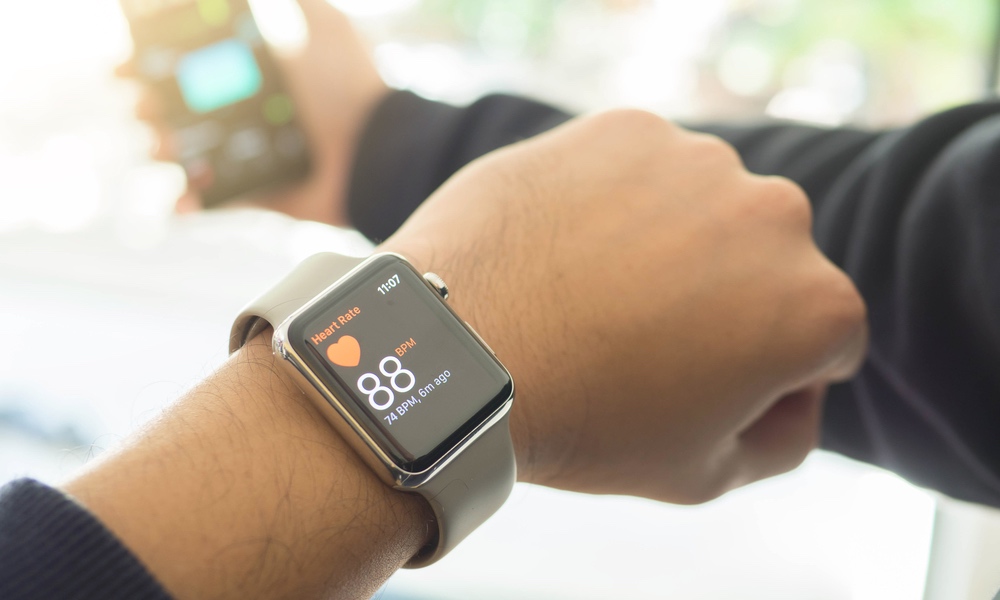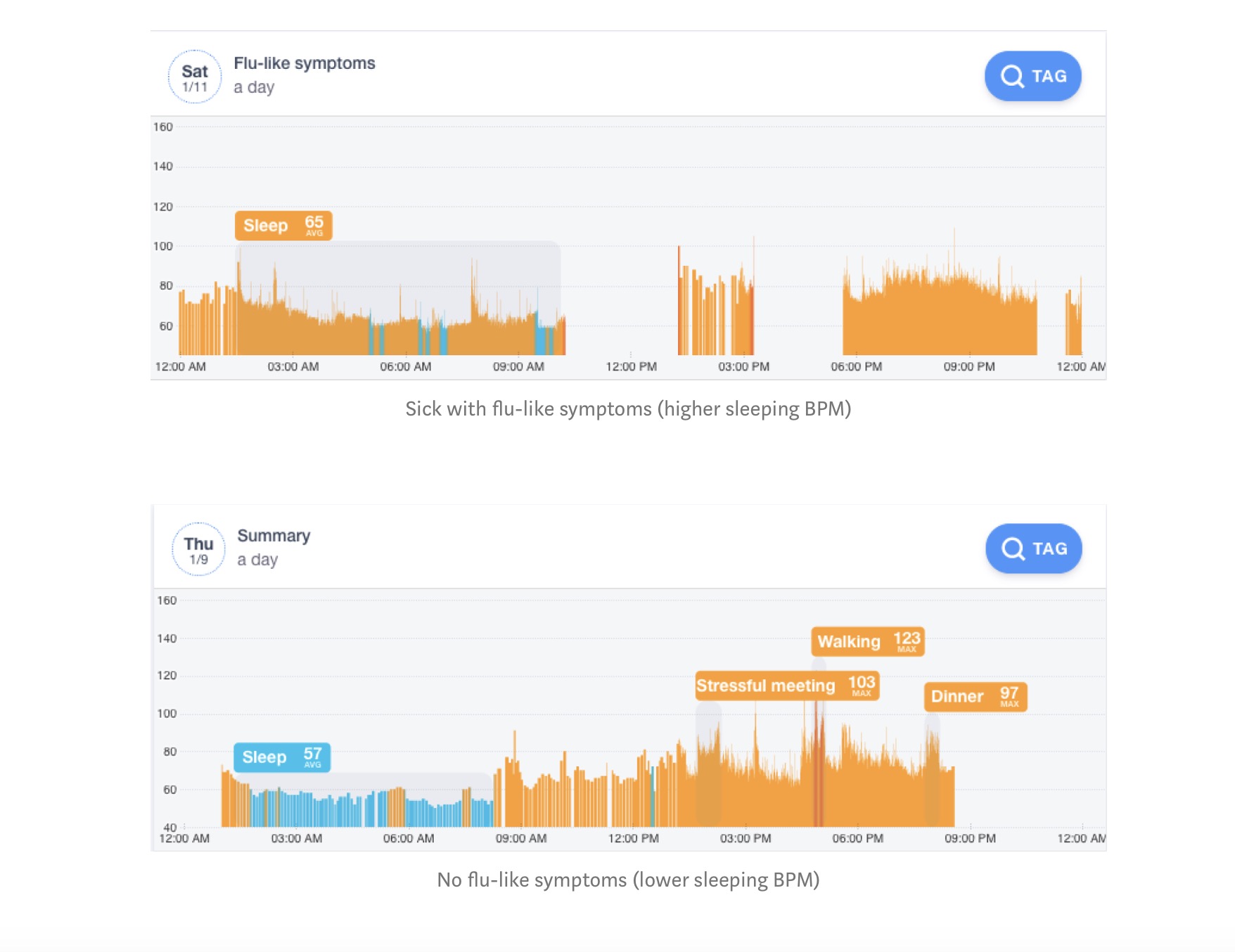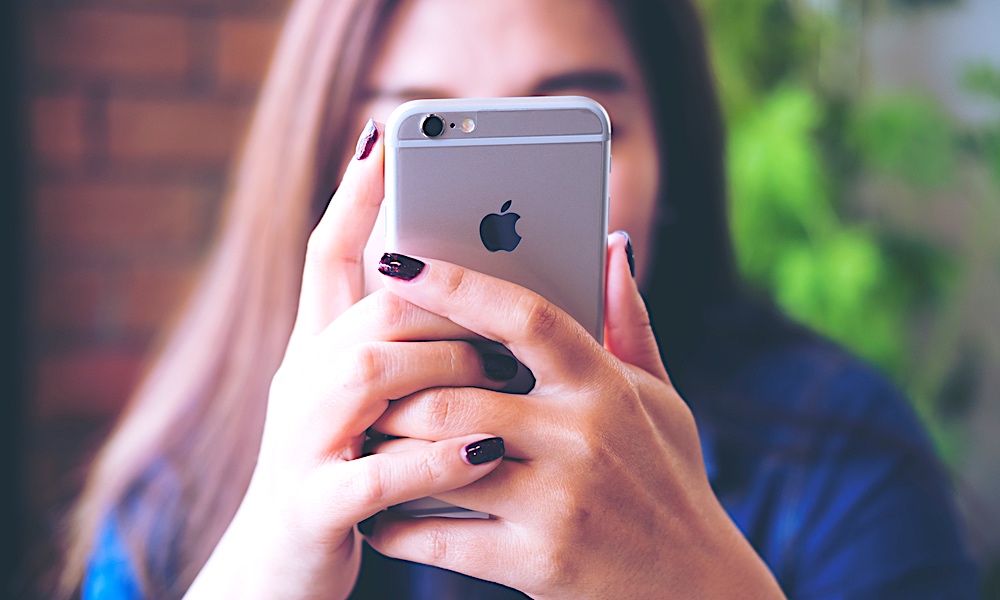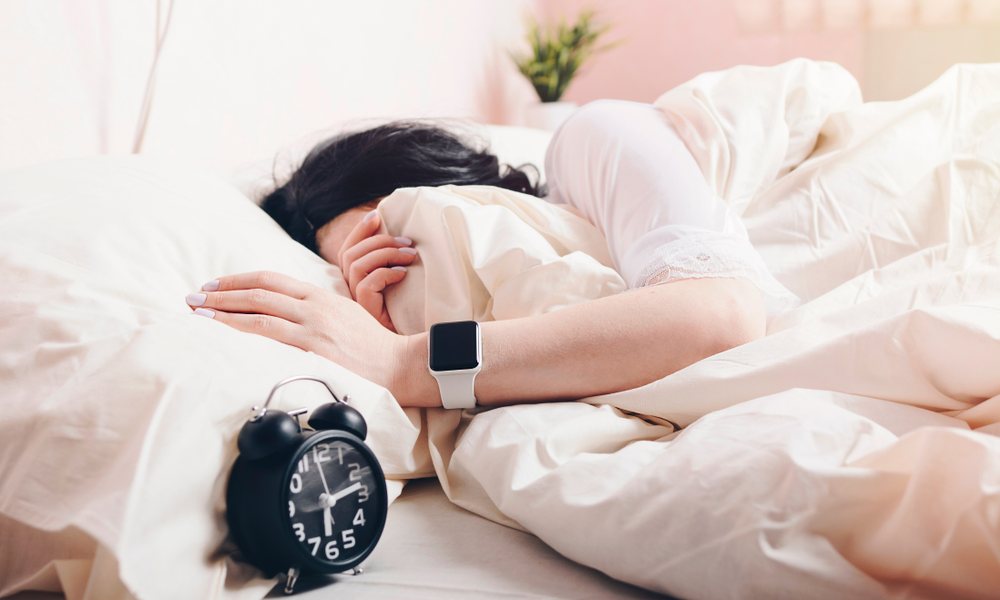A Recently Updated iPhone App May Help Users Detect Coronavirus
 Credit: Kanut Photo / Shutterstock
Credit: Kanut Photo / Shutterstock
Cardiogram is known for its heart rate analysis, which is tightly integrated into iOS HealthKit. The iOS app grabs heart rate data from an Apple Watch and uses it to detect diseases like diabetes. A recent update to the app now can detect a body's response to an infection like you would see with coronavirus. Continue reading to find out how it works.
How Does It Work?

The key to this technology is the body's resting heart rate while sleeping.
When your body is fighting an infection, your heart rate increases as your immune system kicks in. This elevated heart rate can be detected even before you start feeling the symptoms of the cold or flu.
Cardiogram's new Sleeping BPM feature monitors a person's heart rate and tries to identify these heart rate increases that are associated with illness.
"Cardiogram's new Sleeping BPM feature can help users become more aware of how their body is responding to symptoms of the flu or other illnesses including COVID-19," said Johnson Hsieh, Cardiogram's co-founder to AppleInsider.
Can It Truly Diagnose Coronavirus?
Cardiogram doesn't claim to be able to diagnose coronavirus, only a test can do that.
What Cardiogram can do is monitor a person's heart rate to detect the presence of the infection during those critical early days. Once alerted, a user then can seek treatment from a physician.
What Do I Need to Do?
For Cardiogram to be effective, a person has to wear their Apple Watch or other compatible heart rate monitor overnight.
Even when you take steps to optimize your Apple Watch's battery life, charging during the day and wearing the Watch overnight may be inconvenient.
However, it may be an acceptable tradeoff for those concerned about getting caught up in the viral epidemic. Learn how to get more battery life from your Apple Watch here.


